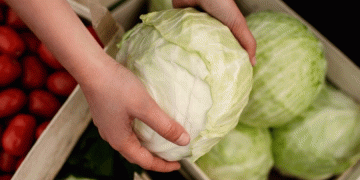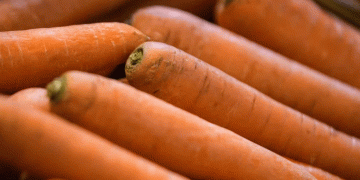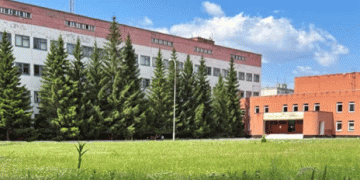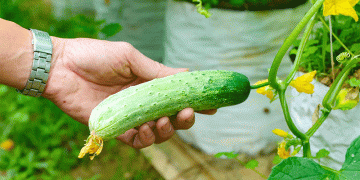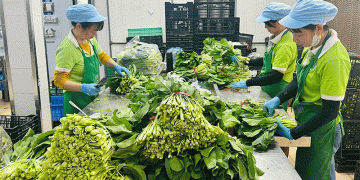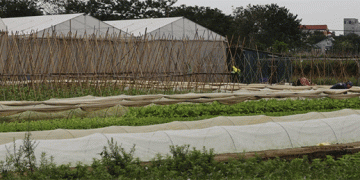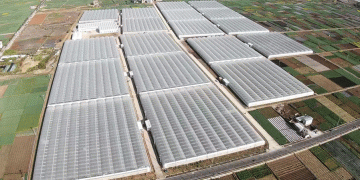Americans’ increased consumption of fresh produce brings increased risks in terms of the number of outbreaks of foodborne illnesses and related lawsuits. Grown in a natural environment exposed to a number of elements, from variable water quality to domesticated and wild farm animals and often consumed without cooking or other treatment to reduce or eliminate pathogens, ready-to-eat fresh fruits and vegetables can carry a high risk of contamination.
In fact, growing numbers of fresh-cut produce claims, including the E. coli O157:H7 outbreak last fall impacting spinach nationwide, spurred the FDA to issue guidelines covering minimally processed fresh-cut fruits and vegetables, such as shredded lettuce, sliced tomatoes and cut celery, melon, pineapple and grapefruit. A full copy of the guidelines is available at www.cfsan.fda.gov/~dms/prodgui3.html.
Although the guidelines are in draft, “nonbinding,” open for public comment and subject to approval by the Office of Management and Budget, they will likely become a mechanism for establishing liability for foodborne illnesses on the part of each entity in the chain of distribution from farm to table. The following is an overview of the guidelines and steps food industry professionals can take to minimize the potential for contamination.
Contamination Sources
Processors must focus on the conditions under which products are grown, harvested, packed and transported as each step presents an opportunity for contamination. Such contamination may occur via contact with untreated manure used in soil, contaminated water, infected workers, unclean containers and tools used in harvesting and packing and/or unclean floors and walls of a vehicle used in transport.
Worker Contamination
Personnel are a major source of contamination. The guidelines focus on worker health, hygiene and training and suggest training employees throughout their employment (annually, at a minimum) on production, maintenance, quality assurance and control, worker health and hygiene and sanitation principles and practices. Supervisors should be trained to recognize symptoms of infectious disease and exclude employees with those conditions from operations that could contaminate fresh produce or food contact surfaces. Additional information on training and example materials are available at www.nal.usda.gov/foodborne/index.html and www.foodsafety.gov.
Facility and Equipment
Since the processing facility (walls, floors, windows, doors, etc.) and equipment are potential sources of contamination, FDA suggests designing or modifying the facility to:
Limit access to processing areas by insects, birds and rodents by closing, when not in use, and adequately sealing all exterior doors and windows;
Use plastic or stainless steel as opposed to wood in processing areas to reduce the risk of microbial harborage and cross-contamination of final products;
Ensure that incoming raw products never cross paths or commingle with finished fresh-cut produce;
Ensure that filtered air moves from the cleanest areas (packaging and finished product storage areas) to less clean areas (receiving areas) and not the reverse.
Sanitization
Since pathogenic microorganisms may be found on floors, in drains and on surfaces of sorting, grading, processing and packaging equipment, sanitization practices are essential to reduce and eliminate microbial contamination. FDA suggests:
Establishing sanitation operating procedures including regularly scheduled cleaning of equipment, storage and production areas and air systems; and
Cleaning, sanitizing and storing toxic chemicals at appropriate temperature and in a manner that prevents cross-contamination with food, food contact surfaces and food packaging materials.
Packaging and Storing
The guidelines offer methods for preparing, processing, packaging and storing fresh-cut produce. Fresh-cut produce should be inspected upon receipt for contamination during the loading, transport and unloading processes, and damaged or decomposed produce and all extraneous soil, debris and pests should be removed. Finished fresh-cut produce should be protected from physical, chemical and microbiological contamination, free from raw whole produce and stored and transported in sanitary environments at appropriate temperatures. Specific recommendations include:
Retain information about all incoming ingredients, such as the identity of the grower or supplier and date of harvest and link this information with processing records (in other words, document);
Use an inventory system that ensures first-in, first-out use and shipment of raw materials and finished products; and
Ensure that any “use by” date on the product package is validated by studies of the product with respect to microbiological safety, and keep records of these studies.
Recordkeeping
Up-to-date and appropriate records must be maintained with respect to all compliance practices. Such records, when properly organized and updated, aid in traceback investigations to determine the source of contamination and provide useful documentation in terms of risk management and litigation.
While FDA recommends that such records be maintained at the processing facility for at least six months after the product was prepared, it is advisable to keep such records for a longer time and in accordance with any established record retention policies. Consider that most states’ personal injury statutes of limitations are at least two years.
Fresh-cut processors should also establish and maintain a written contingency plan to initiate and carry out a produce recall in the event of contamination and should build this plan into up- and downstream contracts where possible. This plan would include the names of responsible contact personnel, methods to identify, locate and control recalled and other possibly affected products and procedures for monitoring a recall’s effectiveness. Package and date codes will help link product packages with production times, equipment and raw ingredient sources, thereby facilitating the recovery of products during a recall.
Retail Compliance
A perfectly processed product can become contaminated at the retail location. Thus, the guidelines encourage produce growers, packers, processors and shippers to work with retail sectors to develop technologies to identify and track fresh-cut produce from the farm to the consumer. Although the guidelines do not yet address food service suppliers, restaurants and supermarkets, these entities should require suppliers to produce documentation of steps taken to comply with the guidelines and/or commodity-specific industry guidelines (such as those pertaining to melons, lettuce and tomatoes, which are posted at www.cfsan.fda.gov).
Civil Litigation
One should not be deceived by the guidelines’ nonbinding nature. Plaintiffs seeking to hold all entities in the chain of fresh-cut produce production and distribution liable for foodborne illnesses will use the guidelines as a trumpet (to gather more claimants) and a sword (to attack individual companies). On the other hand, processors, distributors and sellers defending against product liability claims may use compliance with the guidelines as at least a partial shield against civil liability.
Recent litigation demonstrates this, with one court finding that a manufacturer must abide by FDA guidelines or face potential liability (Troutman v. Curtis, 143 P.2d 74, 86 (Kan. App. 2006)) and another finding that efforts to comply with FDA regulations could be considered evidence of the defendant’s reasonableness (Feldman v. Lederle Labs, 608 A.2d 356 (N.J. Super. 1992) judgment aff’d as modified on other grounds, 625 A.2d 1066 (N.J. 1993)).
If the guidelines are not followed and compliance is not documented, they will be a sword for plaintiffs and leave those defending against food claims vulnerable to serious financial consequences without the shield of compliance. Ultimately, managing the guidelines will help lower overall risk and occurrences of foodborne illnesses and resulting civil liability, while failure to comply will exponentially increase such risks.
John F. Mullen and MaryTeresa Soltis practice in the Food Liability Group of law firm Cozen O’Connor (www.cozen.com), which represents the produce and dairy industries and packaged food producers nationally in product liability litigation.















